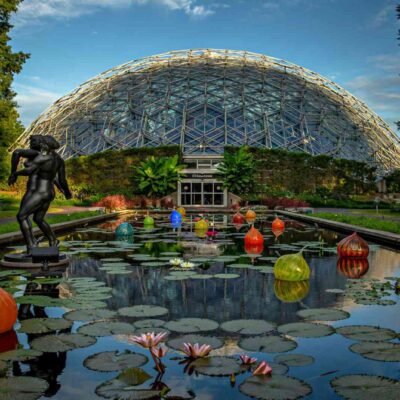The Return of Gothic Cinema
Gothic cinema, with its dark, eerie, and mysterious themes, is making a grand comeback in modern filmmaking. This genre, known for its haunted mansions, supernatural elements, and psychological horror, is once again captivating audiences worldwide. But why is gothic cinema resurging, and what makes it so appealing to today’s viewers?
The Core Elements of Gothic Cinema
Gothic films have a unique blend of horror, romance, and psychological depth. Here are some key characteristics that define the genre:
- Dark Aesthetics: Shadows, candlelit corridors, and foggy landscapes create an ominous atmosphere. The use of dim lighting, gothic architecture, and eerie sound design plays a crucial role in setting the mood.
- Supernatural Elements: Ghosts, vampires, and haunted houses are common. Gothic horror often thrives on legends, folklore, and the supernatural, blending historical myths with modern storytelling.
- Tragic Romance: Unrequited love and doomed relationships add emotional weight. This element creates a sense of melancholic beauty, as seen in films like Bram Stoker’s Dracula (1992) and Crimson Peak (2015).
- Psychological Horror: Mind games, paranoia, and unreliable narrators create suspense. The genre often blurs the line between reality and delusion, making audiences question what is real and what is not.
- Historical Settings: Many gothic films are set in the past, featuring castles, Victorian homes, or eerie mansions. These settings enhance the feeling of isolation, mystery, and an unsettling atmosphere.
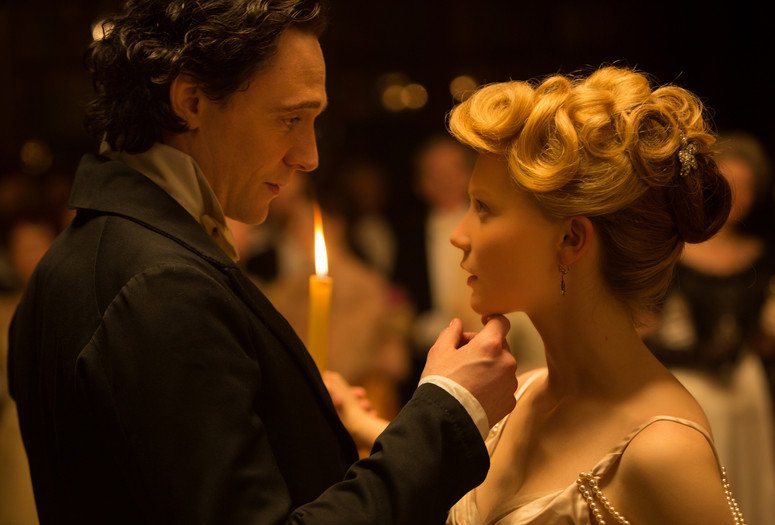
Why Is Gothic Cinema Making a Comeback?
Several factors contribute to the revival of gothic themes in movies and TV shows today.
1. Nostalgia for Classic Horror
Classic gothic films like Dracula (1931), Frankenstein (1931), and The Others (2001) have a timeless appeal. Filmmakers are drawing inspiration from these classics to create modern versions. Audiences who grew up watching classic horror films are eager to see their revival, ensuring that gothic horror remains relevant.
2. The Popularity of Dark Fantasy
With the success of shows like Wednesday (2022) and The Haunting of Hill House (2018), audiences have shown a strong preference for gothic storytelling that mixes horror with fantasy. These series prove that gothic horror can be adapted for different age groups and still maintain its eerie charm.
3. The Rise of Psychological Horror
Instead of relying on jumpscares, gothic horror focuses on slow-building dread and psychological tension. Movies like The Lighthouse (2019) and Crimson Peak (2015) are perfect examples of this shift. The use of unsettling cinematography and immersive storytelling makes these films stand out.
4. Strong Female Protagonists
Many modern gothic films feature strong female leads who challenge traditional gender roles. Examples include Mia Wasikowska’s role in Crimson Peak and Anya Taylor-Joy in The Menu (2022). Unlike older gothic horror films that often depicted women as victims, contemporary gothic cinema portrays them as complex, resilient characters who navigate terrifying circumstances.
5. Influence of Gothic Literature on Modern Films
Classic gothic literature, such as Wuthering Heights, Dracula, and The Picture of Dorian Gray, continues to inspire filmmakers. Many modern films and TV shows borrow themes from these literary works, adapting them into new, thrilling narratives.
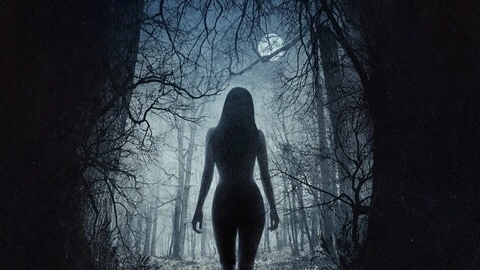
Notable Films in the Modern Gothic Revival
Here are some movies and TV series leading the gothic cinema resurgence:
- Crimson Peak (2015) – A visual masterpiece with a haunted house, ghosts, and tragic love.
- The Witch (2015) – A deeply unsettling folk horror film with gothic influences.
- The Lighthouse (2019) – A psychological thriller set in isolation with eerie visuals.
- Wednesday (2022) – A Netflix hit that brings gothic themes into the modern teen drama world.
- The Pale Blue Eye (2023) – A gothic murder mystery featuring Edgar Allan Poe.
- Guillermo del Toro’s Cabinet of Curiosities (2022) – A horror anthology series blending gothic horror with supernatural folklore.
- Interview with the Vampire (2022 TV Series) – A fresh take on the gothic vampire story, based on Anne Rice’s novel.
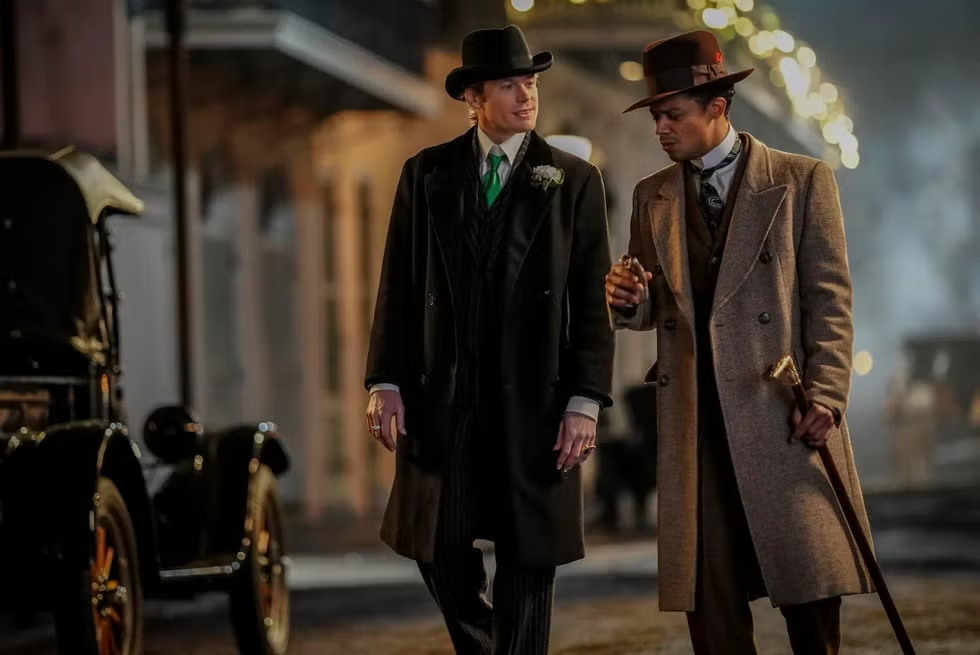
How Gothic Cinema Influences Pop Culture
The gothic revival isn’t just limited to movies and TV shows. It has also impacted fashion, music, and literature:
- Gothic Fashion: Dark clothing, corsets, lace, and Victorian-era styles are trending again. Many designers are incorporating gothic elements into mainstream fashion, making it a statement style.
- Music Influence: Bands like Evanescence and new artists in the darkwave genre are gaining popularity. Music videos are increasingly using gothic aesthetics, incorporating dark visuals and eerie storytelling.
- Literary Adaptations: Modern retellings of classic gothic novels, like Rebecca and Dracula, are in demand. Young adult fiction, in particular, is heavily inspired by gothic themes, making the genre more accessible to new readers.
- Social Media Trends: Platforms like TikTok and Instagram have embraced gothic aesthetics, with influencers promoting gothic makeup, outfits, and storytelling. Gothic-inspired photography and aesthetics are gaining traction, proving that gothic culture remains relevant in the digital age.
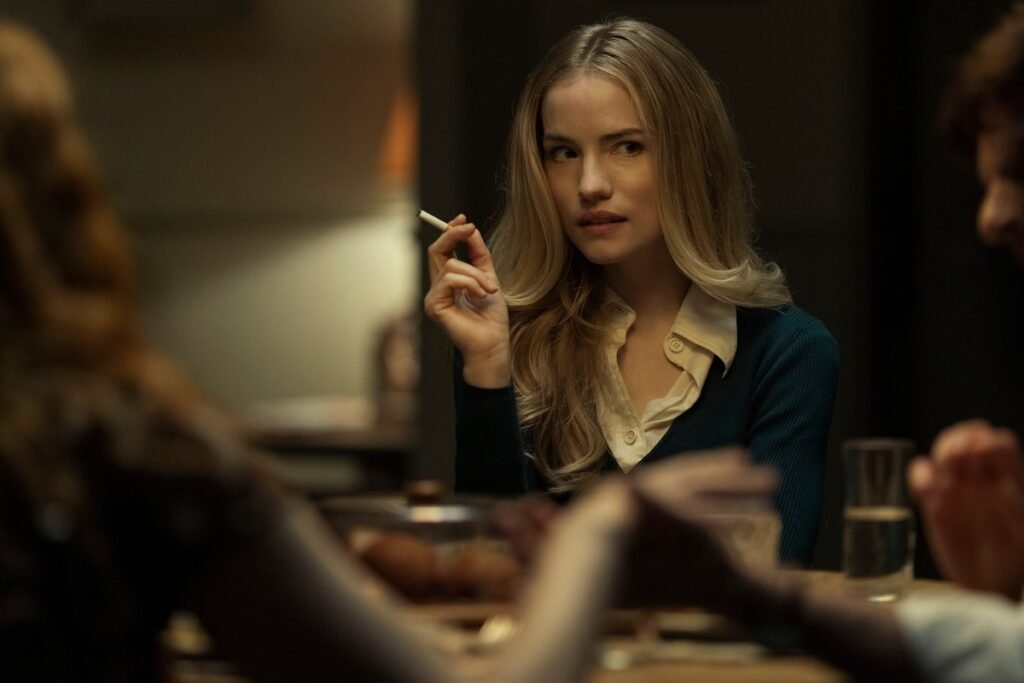
The Future of Gothic Cinema
With streaming platforms investing in horror and gothic thrillers, the future of gothic cinema looks bright. Upcoming projects are blending gothic aesthetics with modern storytelling techniques, ensuring that the genre continues to evolve while staying true to its eerie roots. Directors like Robert Eggers and Guillermo del Toro are spearheading this revival, bringing sophisticated and visually stunning gothic tales to life.
Upcoming Gothic Horror Films to Watch
- Nosferatu (2024) – A reimagining of the classic vampire tale directed by Robert Eggers.
- The Crow (2024) – A reboot of the cult gothic film with a darker, grittier approach.
- Guillermo del Toro’s Frankenstein – A highly anticipated adaptation of the gothic horror classic.
- The Fall of the House of Usher (2024 TV Series) – A new gothic horror series based on Edgar Allan Poe’s works.
Conclusion
The gothic cinema revival proves that dark and mysterious storytelling never truly goes out of style. With a blend of classic themes and modern filmmaking techniques, gothic horror is more compelling than ever. Whether it’s ghostly mansions, psychological horror, or tragic love stories, one thing is clear—gothic cinema is here to stay! As long as audiences continue to be fascinated by the eerie, the unknown, and the supernatural, gothic films will remain a dominant force in the world of entertainment.
FIFA’s Club World Cup Expansion: How It Will Change Global Soccer




